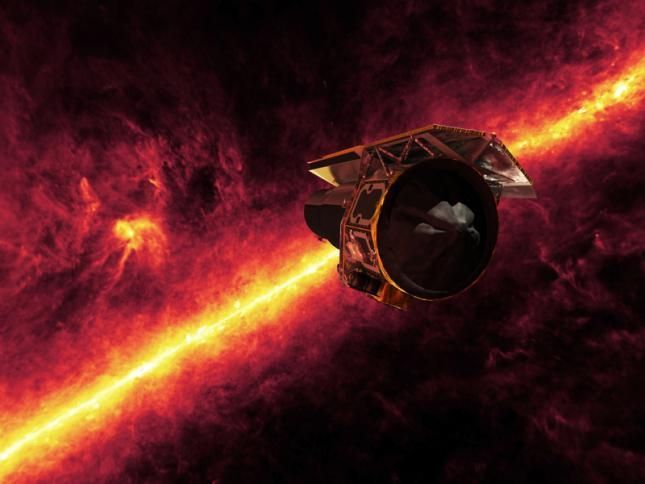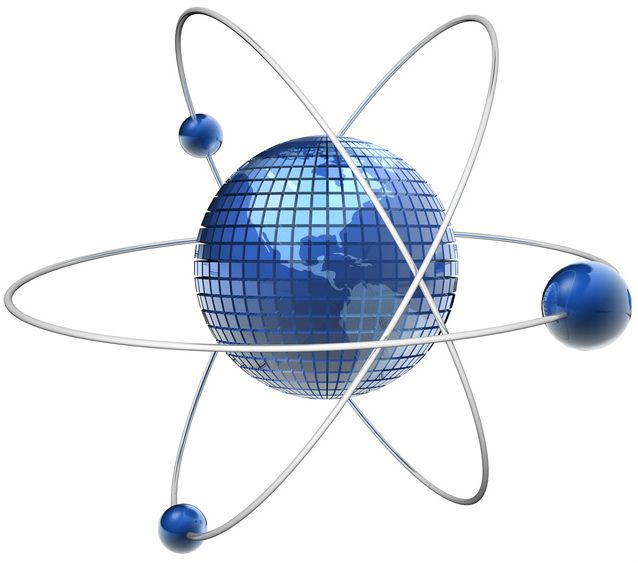Feb 2, 2016
NASA’s Next Great Space Telescope: The Quest Begins
Posted by Andreas Matt in category: space
The hunt is on! NASA has begun a quest to select its next big instrument to study the cosmos.
Observatories such as the Hubble Space Telescope have revolutionized humanity’s view of the cosmos. And upcoming projects, such as the James Webb Space Telescope (JWST) and the WFIRST-AFTA mission — which the agency aims to launch in 2018 and the mid-2020s, respectively — promise to make big discoveries of their own.
But what will happen after that? What kind of space telescope does NASA aim to build a few decades from now? The picture is getting a little clearer: Earlier this month, the space agency announced that it is forming four working groups to investigate possible concepts for a large-scale space mission that would likely launch in the 2030s. [The Most Amazing Views of the Cosmos from Hubble].
















